Chimneys stand tall against Portland’s often damp skyline, but they aren’t immune to the wear and tear of the elements. As such, homeowners in the region’s older neighborhoods might find their cozy hearths under siege by a variety of chimney issues, from sneaky blockages to masonry woes.
Staying vigilant for signs of creosote buildup, cracked flues, and other common repairs is key to maintaining a safe and warm fireplace experience. This piece sheds light on the top chimney issues and how to tackle them.
Let’s get right down to it;
Chimney Flashing Repair
Cracked flashing around a chimney is the traitor in many a Portland home, whispering in leaks and welcoming water damage to interiors. It’s where metal meets roof meets brick, a three-dimensional situation that demands precision to keep the elements at bay. When the seal breaks, it’s more than rain that sneaks through. And this calls for an urgent expert visit.
Probably the most common cause of water damage in Portland due to our storms, repairing the flashing is relatively minor repair that can take a couple hours or a full day depending on accessibility and the extend of the damage. What we do is identify breaks in the metal, and then reseal or replace it to shield the home from moisture, mold, and mildew. Leaving the flashing unrepaired is not ideal as it let’s in moisture that can really cause havoc.
Brickwork Issues

Brickwork is the backbone of any chimney and the second most common service we deliver to customers. Brickwork includes tuckpointing or repointing as well as full restoration. The bricks and mortar jointly shield your home from the heat and elements and when they start to deteriorate it can be a big problem.
As one of the only chimney sweeps who offer masonry services in house we often find ourselves servicing homeowners with water damaged brickwork on many of the historic homes across Portland. Staying up on this service protects the structural integrity of your chimney as well as reinforces or fixes any waterproofing issues that may have come up.
If the deterioration is in the mortar joint then we’ll be using a process named tuckpointing to get your fireplace looking new. This repair technique involves scrapping out the old, failing mortar and refilling the joints with new mortar. It’s a skillful task that requires precision to prevent further damage and protect the roofline where the chimney penetrates. It’s also regulated by the National Fire Protection Association.
Another frequent issue is spalling bricks; where bricks chip and crumble as moisture seeps in. When the temperature drops below freezing the moisture in the bricks expands causing breaking and cracking.
Addressing this quickly avoids more severe complications, such as a chimney lean or collapse. Professionals adept in chimney repair services replace these faulty bricks with new, durable variants, fortifying the fireplace against Oregon’s harsh weather conditions.
Repair or Replace Flue Liners
The heart of a healthy chimney lies in its flue. It is a crucial part of the chimney responsible for channeling smoke and harmful gases safely out of the home.
Cracks in the flue can compromise this safety, allowing dangerous carbon monoxide to seep into living spaces. Subsequently, immediate attention from chimney repair services is crucial in these scenarios to protect both the fireplace’s integrity and the homeowner’s well-being.
Chimney technicians in Portland face the challenge of repairing flues damaged by constant exposure to combustion byproducts, acid rain, and moisture. However, they employ specialized techniques, such as relining with stainless steel or applying heat-resistant sealants, to restore the flue’s protective barrier. This tailored approach ensures an efficient and sturdy flue that withstands the region’s unique climatic demands.
Dwellers of Portland’s older neighborhoods understand the importance of regular chimney inspections to catch these issues early. They hire skilled experts in masonry work to identify minute cracks that, left unchecked, could evolve into costly repairs.
By addressing damaged flues promptly, homeowners can breathe easier, knowing their chimney is secure, efficient, and ready for the next heating period.
Fireplace Blockages
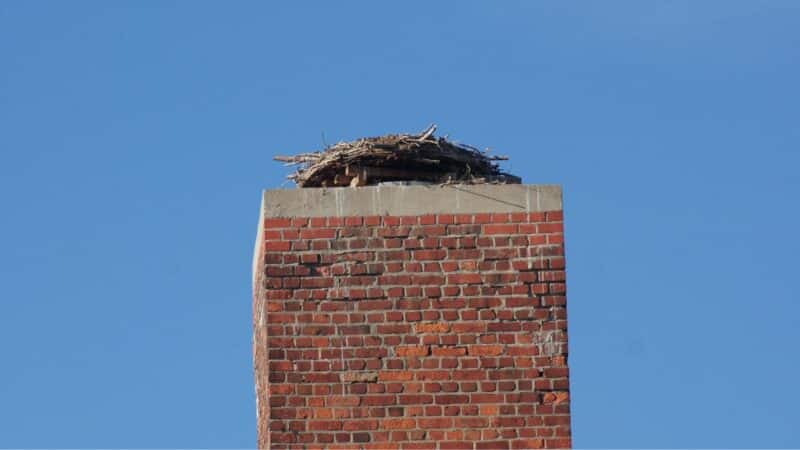
Spotting a blockage in your chimney can be as clear as smoke. The usual suspects? Birds using your flue for nesting, smoke coming back to the house, or an accumulation of soot and creosote (a thick, tar-like substance). These blockages don’t just smoke you out – they invite carbon monoxide to linger in your home, a silent hazard to your family’s health.
Portland’s older homes boast charm but harbor chimneys that often need a sweep’s touch. Regularly removing debris, such as twigs and leaves, is crucial. Without this upkeep, a blockage can escalate into a chimney fire, as heat ignites the trapped materials, causing damages and costly repairs.
Properly diagnosing a fireplace blockage takes an expert eye. While you can see the signs, only a professional chimney sweep with the right tools and experience can detect and address blockages efficiently. They’ll swiftly clear your chimney, ensuring your fires burn clean and your air stays fresh.
Creosote Buildup
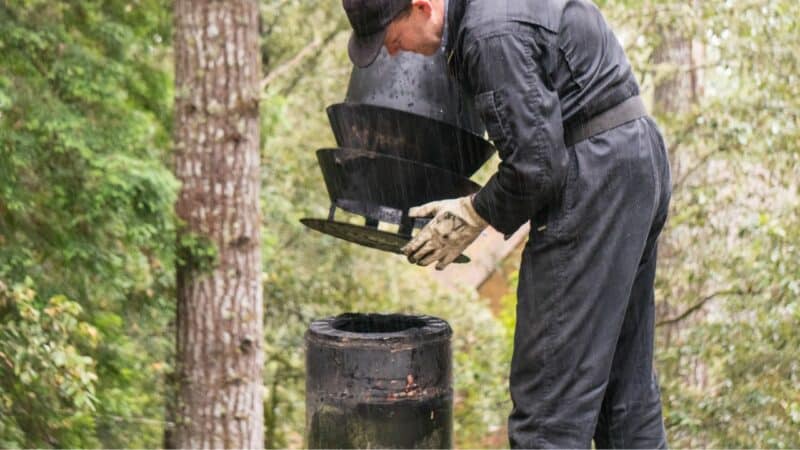
Creosote, a byproduct of wood combustion, sticks to chimney walls like a stubborn shadow. It’s a common catalyst for chimney fires, as its flammable nature poses a serious hazard when neglected. So, homeowners need regular chimney inspections to identify and remove creosote buildup before it becomes a fire risk.
Portland’s chilly, rainy seasons mean frequent use of wood stoves and fireplaces, elevating the risk of creosote accumulation. However, professional sweeps utilize special brushes and chemical treatments to rid chimneys of this buildup, preventing potentially dangerous chimney fires. In other words, ensuring the flue is free of creosote promotes fire safety and enhances the fireplace’s efficiency.
When it comes to creosote, preventive measures are key to maintaining chimney health. Usually, skilled chimney technicians recommend annual inspections and cleanings. This prevents creosote from reaching third-stage development, a thick, tar-like glaze that’s difficult to remove and highly combustible. Homeowners who stay on top of creosote can enjoy their fires with peace of mind.
Cracked Flue
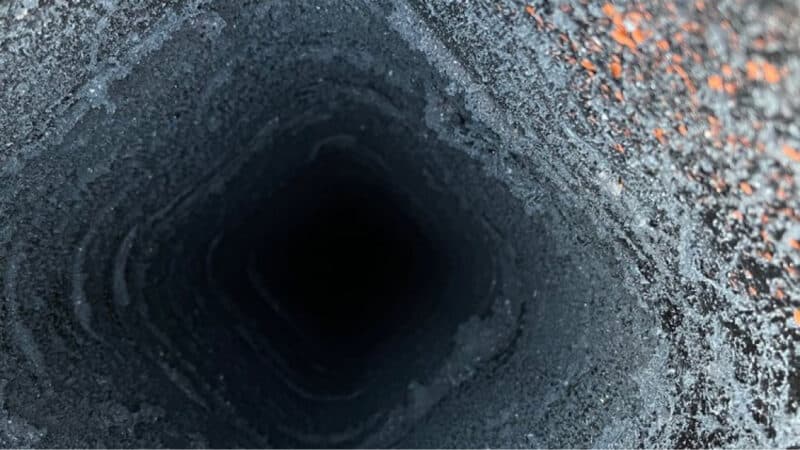
The heart of a healthy chimney lies in its flue. It is a crucial part of the chimney responsible for channeling smoke and harmful gases safely out of the home.
Cracks in the flue can compromise this safety, allowing dangerous carbon monoxide to seep into living spaces. Subsequently, immediate attention from chimney repair services is crucial in these scenarios to protect both the fireplace’s integrity and the homeowner’s well-being.
Chimney technicians in Portland face the challenge of repairing flues damaged by constant exposure to combustion byproducts, acid rain, and moisture. However, they employ specialized techniques, such as relining with stainless steel or applying heat-resistant sealants, to restore the flue’s protective barrier. This tailored approach ensures an efficient and sturdy flue that withstands the region’s unique climatic demands.
Dwellers of Portland’s older neighborhoods understand the importance of regular chimney inspections to catch these issues early. They hire skilled experts in masonry work to identify minute cracks that, left unchecked, could evolve into costly repairs.
By addressing damaged flues promptly, homeowners can breathe easier, knowing their chimney is secure, efficient, and ready for the next heating period.
Cracked Chimney Crown

The chimney crown, a critical component protecting your chimney from water intrusion, often bears the brunt of Portland’s harsh weather. When cracked, the crown allows moisture to seep in, damaging mortar joints and causing spalling in bricks. This deterioration compromises the chimney structure and can lead to costly water damage repairs.
Signs of a cracked chimney crown may not be immediately obvious to a homeowner. However, they are a clear signal for urgent repairs. Symptoms include:
- Visible cracks on the chimney crown
- Masonry fragments detaching from the crown
- Water presence in the firebox post-rainfall
Professionals in chimney repair services adopt a range of solutions for damaged crowns, from applying waterproof sealants to complete rebuilds using fresh concrete. These interventions are crucial to ensure the chimney remains a durable and safe conduit for smoke and combustion byproducts.
Unsecured Masonry
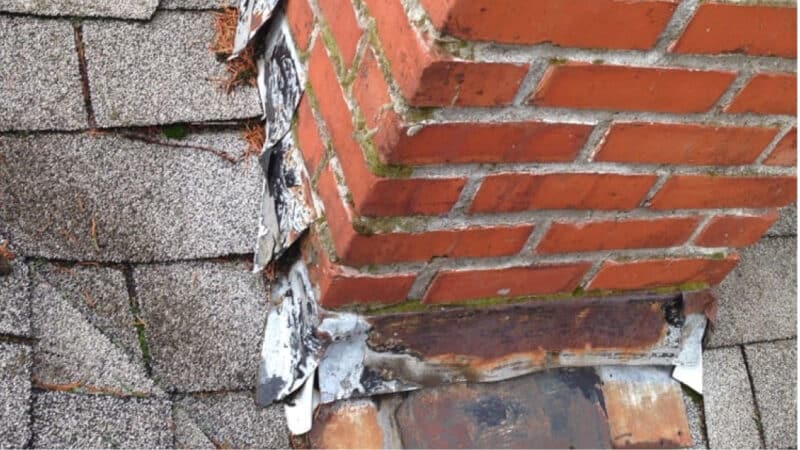
Unsecured masonry can turn a grand fireplace into a hazard. Over time, the chimney’s brick-and-mortar composition may become loose. Professionals in chimney repair services face such masonry challenges regularly. They examine each section for signs of wear and instability:
- Loose bricks that may shift or fall
- Deteriorating mortar that reduces structural integrity
- Visible gaps or cracks in the chimney’s surface
Repairing unsecured masonry is a critical task that involves repointing eroded mortar joints and replacing or refastening weakened bricks. Such meticulous work restores strength to the structure, ensuring longevity and safety for homeowners and their families.
Damaged Chimney Flue Liner
A damaged chimney flue liner presents a silent yet significant risk to homeowners. When the interior protective lining of a chimney deteriorates, it exposes the home to potential fire hazards and harmful gas leaks. Ensuring the safety of home occupants necessitates prompt flue liner repairs or replacements by skilled technicians.
Portland’s homes, with their frequent fireplace use, often encounter flue liner wear. Professionals adept in chimney maintenance tackle this by installing stainless steel or clay liners that provide durable defense against the intense heat and corrosive byproducts of combustion. This step is crucial to preserving the functional longevity of fireplaces and stoves in the region.
Chimney repair services in Portland often include a thorough inspection of flue liners during routine chimney check-ups. Such proactive measures detect cracks, gaps, or corrosion early. This permits timely interventions that maintain optimal chimney performance and uphold stringent safety standards set by the National Fire Protection Association.
Cracked Chimney Cap
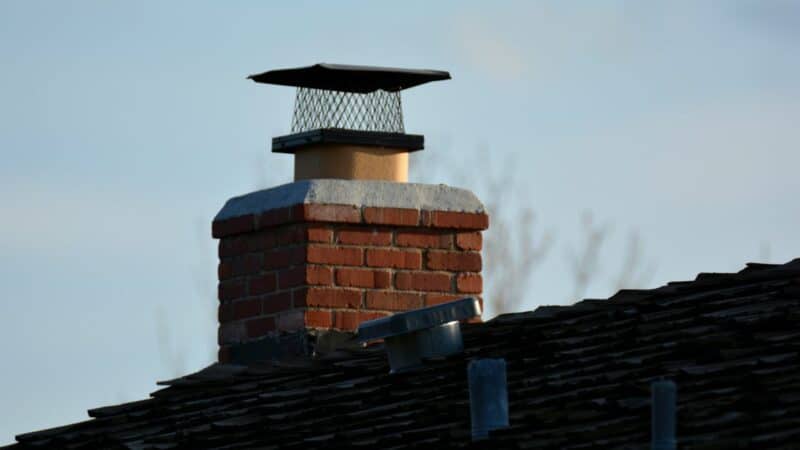
A cracked chimney cap is often a sneaky culprit behind chimney deterioration. It sits atop your chimney, designed to keep out rain, debris, and critters. However, when damaged, it fails in its protective role. This can lead to internal damage, not immediately seen but with long-term consequences for the chimney’s structure.
In Portland, with its prevailing wet climate, a chimney cap in disrepair is a recipe for trouble. Water seeps through these cracks, contributing to mortar erosion, rusted fireplace accessories, and even damaged flue liners. Professionals swiftly identify these issues, recommending repairs or replacements to avert further harm.
Repairing a cracked chimney cap is a specialized task that prevents bigger headaches down the road. Chimney repair services often tackle this by securing a new cap or sealing the existing one with high-grade materials to withstand Oregon’s challenging weather. This essential fix is a crucial line of defense in preserving the longevity of the entire chimney system.
What To Do If You See These Issues
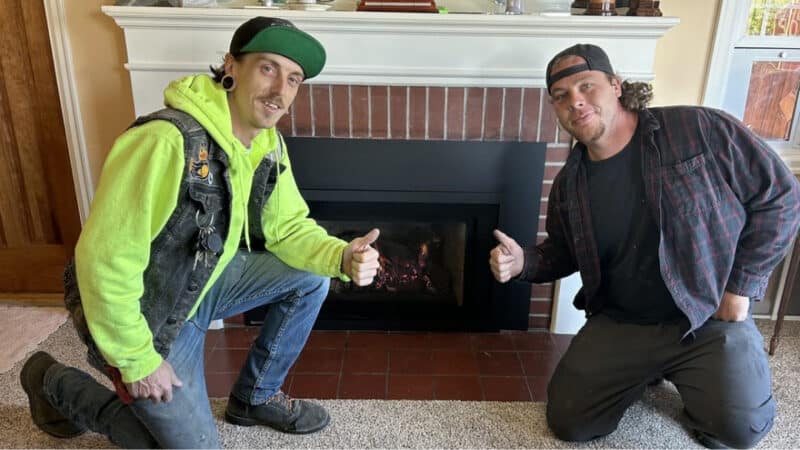
When facing any of the chimney issues we’ve detailed, taking immediate action is vital to ensure safety, prevent further damage, and save on costs. Contacting Portland Fireplace and Chimney is the first step. These seasoned experts know the nuances of Portland’s homes and will promptly address cracks, blockages, and wear.
Portland homeowners should stay vigilant for any warning signs like unusual fireplace smells or water in the firebox. Quick detection allows for faster resolutions. Also, getting an expert’s opinion provides clarity on the severity of the issue and the necessity for either minor repairs or more extensive masonry work.
Remember, annual chimney inspections are not just a precaution; they are essential. These regular check-ups by certified technicians can catch problems early, ensuring your chimney and fireplace remain safe and efficient. Upholding this routine is the cornerstone of responsible fireplace stewardship in the wet, Oregon climate.
And if your budget is strained, you can look for government programs that offer funding, especially when doing major masonry work. The government has several programs that help ease home improvements.
Frequently Asked Questions
What are signs I may need chimney repairs?
Indications you need chimney repairs include smoke backing up into the home, loose or missing bricks, cracks or crumbling mortar, deteriorating crown or cap, water leaks, and buildup of creosote. Having your chimney professionally inspected annually can identify issues early.
How much does a chimney repair cost?
Chimney repair costs typically range from $200 to $7,000, depending on the needed fixes. Pointing and resealing brick and mortar averages $550-$2,500. Crown or cap repairs cost $150-$500. Repairing major structural damage can run $2,000 or more. Get multiple quotes before hiring a chimney pro.
What are the most common chimney repairs needed?
The most frequent chimney repairs include repointing mortar between bricks, sealing the crown or chimney cap, cleaning out built-up creosote, replacing cracked flue liners, and securing loose bricks or cracked foundations. Maintaining the chimney’s protective barriers is essential.
How long do chimney repairs take?
Many minor chimney repairs take 4-6 hours, but extensive repairs can take several days. Simple mortar resealing may just take 2-3 hours. Allow plenty of time for repairs to dry before using the chimney again. Communicate your needs with the chimney pro to get an accurate timeline.
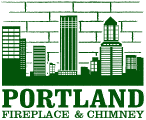
Portland Fireplace and Chimney Inc is your top notch pick for a fireplace and chimney company in the greater Portland metro area.

